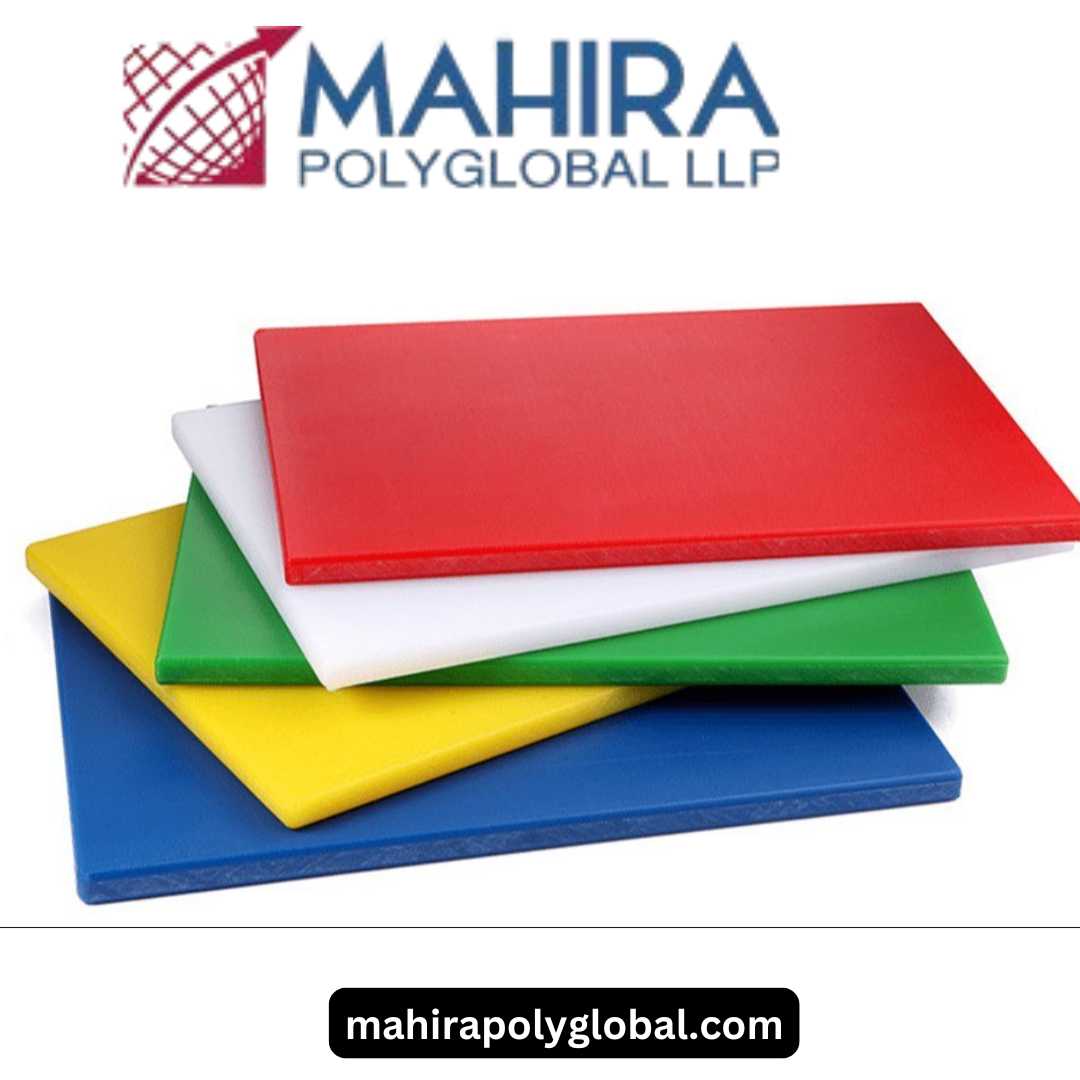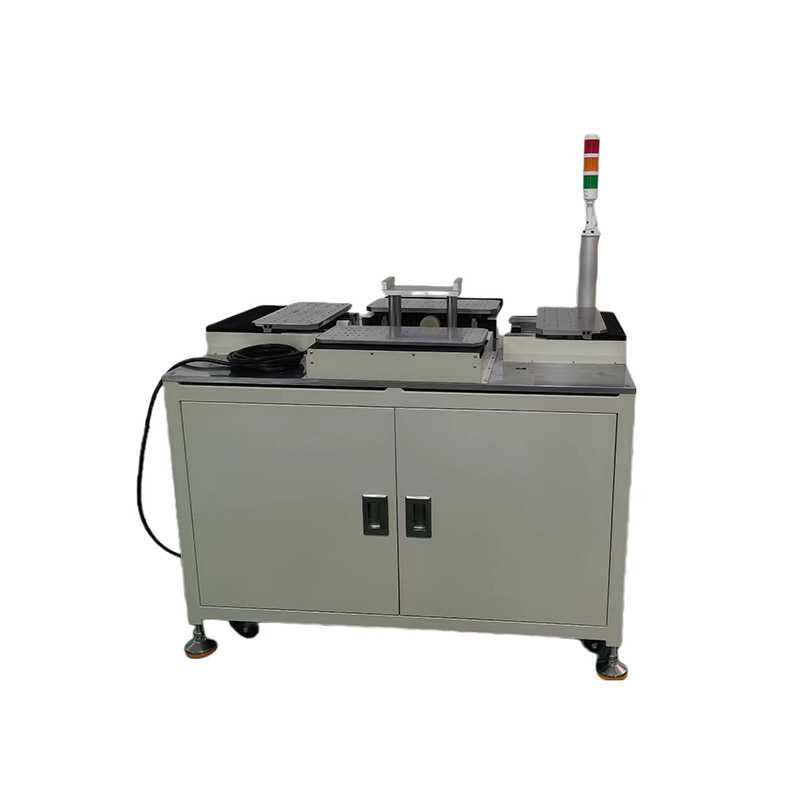High-Density Polyethylene (HDPE) sheets, often referred to as HDPE sheets plastic, have become a staple in various industries due to their impressive durability and versatility. Made from high-density polyethylene, these sheets offer outstanding resistance to wear, chemicals, and harsh environmental conditions. This Mahira Polyglobal LLP delves into the unique properties of HDPE sheets, their applications across different sectors, economic advantages, and how they contribute to sustainability efforts. We will highlight the growing demand for hdpe plastic sheets and outline their features that make them an ideal choice for both industrial and consumer needs.
What Are HDPE Sheets?
HDPE sheets are flat, rigid materials manufactured from high-density polyethylene resin, known for its strong molecular structure. This configuration results in high tensile strength, making plastic HDPE sheets resistant to impact and stress. The sheets can be produced in a variety of thicknesses and colors, offering customization options that cater to specific requirements of industries ranging from agriculture to packaging.
One of the key advantages of HDPE sheets is their low moisture absorption rate. This feature prevents warping, swelling, or degrading when exposed to water or humidity, making them suitable for outdoor applications where exposure to the elements is likely. Moreover, HDPE sheets are resistant to a range of chemicals, including acids and bases, ensuring that they maintain their integrity even when in contact with harsh substances.
The Versatile Applications of HDPE Sheets
The versatility of High density polyethylene sheetsis evident in their application across diverse sectors. In the construction industry, HDPE sheets are used for a variety of purposes, including wall coverings, protective liners, and even as waterproofing membranes. Their lightweight nature makes them easy to handle, while their resiliency ensures they can withstand the stresses of building and construction.
In agriculture, hdpe plastic sheets are invaluable for creating greenhouses, silage covers, and pond liners. Farmers appreciate their ability to retain moisture, thereby enhancing crop yield while protecting agricultural resources from contamination. Additionally, these sheets can be used in animal husbandry for various purposes, such as feeding troughs and flooring, due to their easy-to-clean surface and durability.
The packaging industry also extensively utilizes plastic HDPE sheets for containers, bottles, and various other packaging applications. HDPE's excellent barrier properties protect contents from external elements, while its lightweight nature reduces shipping costs. The availability of transparent and colored options allows for branding customization, making HDPE an excellent choice for retail products.
Economic Benefits of HDPE Sheets
The economic advantages of utilizing HDPE sheets in manufacturing and constructions cannot be overstated. These sheets not only have a low initial cost but also contribute to significant cost savings over their lifespan. Their durability ensures that they outlast many traditional materials like wood or metal, resulting in reduced replacement costs over time.
Moreover, the low maintenance requirements associated with HDPE sheets plastic further enhance their economic appeal. Unlike wood that may need regular treatment or metal that can rust, HDPE sheets can be easily cleaned with soap and water, requiring minimal upkeep. This feature not only saves time and labor costs but also ensures consistent performance over time.
Transporting HDPE sheets is also economically beneficial. Their lightweight characteristics contribute to lower shipping costs, making them an attractive option for businesses that require bulk materials. As companies increasingly focus on optimizing logistics and reducing operational costs, the choice of HDPE sheets becomes a strategic advantage.
Customization and Design Flexibility
One of the standout features of hdpe plastic sheets is their customizable nature. Manufacturers can produce these sheets in various colors, sizes, and thicknesses to meet specific client needs. This flexibility allows for innovative applications that align with specific project requirements. Businesses can choose colors for aesthetic purposes or functional purposes such as visibility and identification.
Additionally, HDPE sheets can be easily fabricated into various shapes or forms, allowing for creativity in design. Advanced techniques such as CNC routing, welding, and machining can further enhance their functionality. Designers and engineers continually explore new ways to utilize HDPE, driving innovation in product applications, from custom containers to intricate architectural elements.
With the rise of user-centric design and functionality, the ability to customize plastic HDPE sheets has made them increasingly desirable in sectors where uniqueness and adaptability are valued. This opens up new markets and possibilities for product development in industries such as consumer goods, automotive, and electronics.
Sustainability of HDPE Sheets
As the global demand for sustainable materials grows, HDPE sheets plastic has emerged as an eco-friendly solution. These sheets are 100% recyclable, which means they can be repurposed at the end of their life cycle, reducing waste and promoting a circular economy. The recycling process enables manufacturers to reprocess HDPE into new products, further minimizing the reliance on virgin materials.
Moreover, the lightweight nature of HDPE sheets contributes to sustainability by reducing transportation-related carbon emissions. When products are lighter, they require less energy to transport, which aligns with global efforts to lower carbon footprints. Many organizations emphasize sourcing materials that minimize environmental impact, making HDPE sheets a responsible choice for conscientious businesses.
Industry initiatives aimed at increasing the use of recycled HDPE are also gaining traction. By incorporating recycled materials into the manufacturing process, companies can lower their carbon emissions and contribute to a more sustainable production environment. This trend affirms the commitment to sustainability while maintaining high product quality.
Maintenance and Care for Longevity
Proper maintenance ensuresHDPE plastic sheets retain their performance and appearance over time. Regular cleaning can be accomplished using mild soap and water, which helps prevent the buildup of dirt and grime. Unlike other materials that may require additional treatments, HDPE sheets resist stains and can be kept looking new with minimal effort.
Inspection for wear and tear should also be a part of regular maintenance routines, especially in high-use applications where stress is likely. Identifying small issues early can prevent minor concerns from escalating, ensuring the long operational life of the hdpe plastic sheets.
It's essential to avoid overly aggressive cleaning methods or chemicals that could compromise the structural integrity of the sheets. By treating HDPE with care, businesses can enjoy years of reliable service without the need for frequent replacements or intensive maintenance.
Future Innovations in HDPE Sheet Technology
As technology continues to evolve, the future of plastic HDPE sheets looks promising. One of the exciting advancements is the development of smart HDPE sheets that incorporate sensor technologies. These innovations enable real-time monitoring of parameters such as temperature and humidity, opening up avenues for improved efficiency in various applications.
Moreover, ongoing research into bio-based alternatives to traditional HDPE is paving the way for more sustainable options. These materials derived from renewable sources could reduce reliance on fossil fuels in the production process, further aligning HDPE with tomorrows sustainability goals.
As industries seek to meet dynamic consumer demands, the role of HDPE sheets in manufacturing processes will continue to expand. New markets for customized and innovative products are likely to emerge, showcasing the adaptability and potential of this versatile material.
Conclusion
In summary,Plastic HDPE Sheetss have established themselves as indispensable materials across a multitude of industries due to their remarkable properties, economic advantages, and adaptability. Their high durability and resistance to moisture and chemicals make them a reliable choice for both industrial applications and consumer products. As sustainability becomes a priority in material selection, the recycling potential of HDPE sheets plays a vital role in promoting eco-friendly practices. Ongoing innovations promise to elevate HDPE sheets further, ensuring they remain a key player in diverse sectors. From construction to packaging, the versatility of HDPE sheets positions them as essential components in meeting modern challenges.
Frequently Asked Questions
1. What makes HDPE sheets different from other types of plastic?
HDPE sheets are known for their exceptional strength, chemical resistance, and low moisture absorption compared to other plastics. Their high-density molecular structure provides superior durability, making them ideal for a wide variety of applications.
2. Can HDPE sheets be recycled?
Yes, hdpe plastic sheets are 100% recyclable. At the end of their lifecycle, they can be processed and repurposed into new products, thus contributing to sustainability efforts and reducing environmental impact.
3. How do I clean and maintain HDPE sheets?
Maintaining plastic HDPE sheets is easy. Regular cleaning with mild soap and water is recommended, and it is essential to avoid harsh chemicals or abrasive materials to preserve their structure and appearance.
4. Are HDPE sheets customizable for specific project needs?
Absolutely! HDPE sheets can be customized in various thicknesses, colors, and sizes to meet specific project requirements, allowing for versatile applications across multiple industries.







